Seasonal Demand Fluctuations
The Bounce House Market is characterized by seasonal demand fluctuations, which can significantly impact sales and rentals. Typically, the demand peaks during warmer months when outdoor events are more frequent. Data indicates that approximately 70% of bounce house rentals occur between May and September, highlighting the importance of seasonal planning for businesses in this industry. Companies often prepare for this surge by increasing inventory and marketing efforts during peak seasons. Understanding these fluctuations allows businesses within the Bounce House Market to optimize their operations and maximize profitability throughout the year.
Expansion of Event Rental Services
The Bounce House Market is significantly influenced by the expansion of event rental services. As the events sector continues to grow, more companies are entering the market, offering a diverse range of inflatable products. This expansion is evidenced by a reported increase in the number of event rental businesses, which has risen by approximately 15% over the past few years. These companies are not only providing bounce houses but also a variety of inflatable games and obstacle courses, catering to a wider audience. This diversification within the Bounce House Market enhances its appeal, making it a preferred choice for event planners and families alike.
Innovations in Bounce House Design
Innovations in bounce house design are playing a crucial role in the growth of the Bounce House Market. Manufacturers are continuously developing new features, such as interactive elements, safety enhancements, and themed designs that appeal to children. These innovations not only attract more customers but also enhance the overall user experience. For instance, the introduction of bounce houses with integrated slides and obstacle courses has expanded the market's appeal. As these advancements continue, the Bounce House Market is expected to evolve, attracting a broader demographic and increasing rental and purchase rates.
Rising Interest in Health and Fitness
The Bounce House Market is also benefiting from a rising interest in health and fitness among families. Parents are increasingly recognizing the importance of physical activity for their children, and bounce houses offer a fun way to engage in exercise. This trend aligns with broader health initiatives that encourage active lifestyles for children. Data suggests that participation in outdoor physical activities has increased by 20% among children, which directly impacts the demand for bounce houses. As families seek out enjoyable ways to promote fitness, the Bounce House Market is likely to thrive, with more parents opting for inflatable attractions that combine fun and physical activity.
Increasing Popularity of Family Gatherings
The Bounce House Market experiences a notable surge in demand due to the increasing popularity of family gatherings and outdoor events. Families are increasingly seeking entertainment options that can accommodate various age groups, and bounce houses provide a safe and enjoyable environment for children. This trend is supported by data indicating that approximately 60% of families prefer outdoor activities for celebrations, which has led to a rise in rental services for bounce houses. As more families prioritize creating memorable experiences, the Bounce House Market is likely to see sustained growth, with rental companies expanding their offerings to include themed bounce houses and additional inflatable attractions.


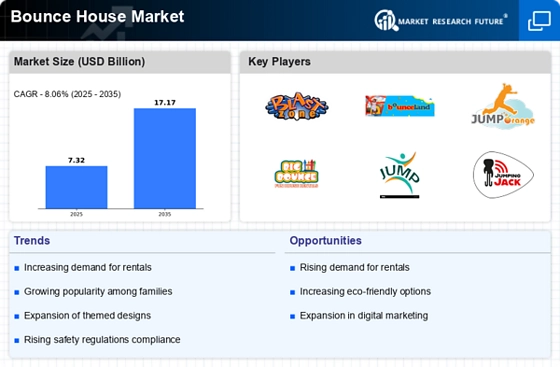

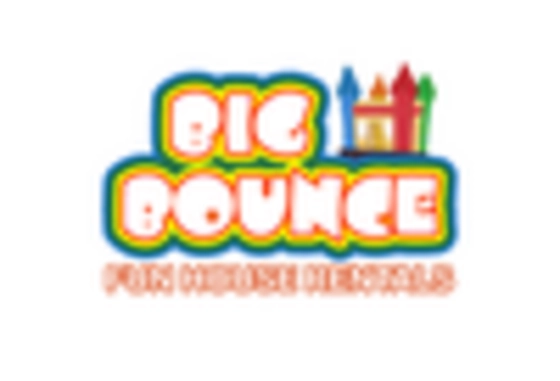

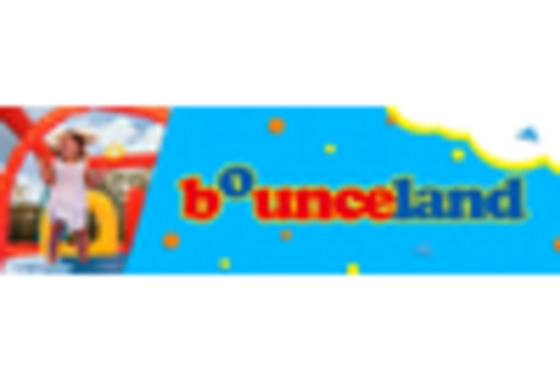
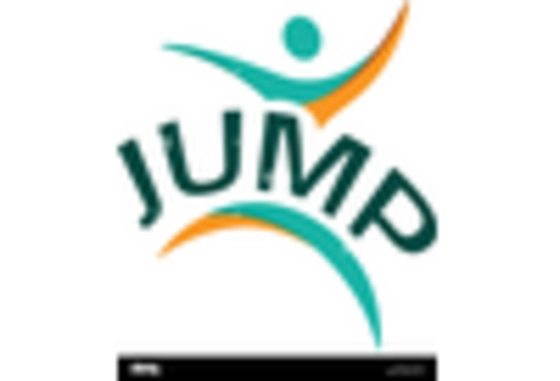
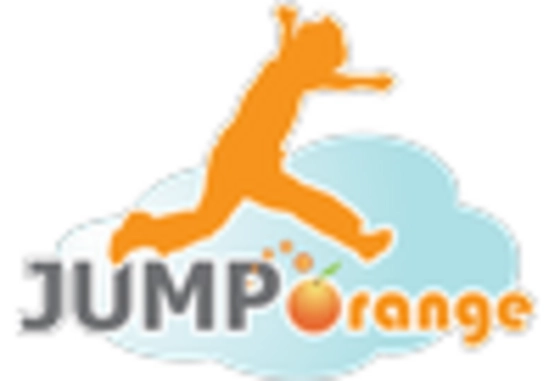
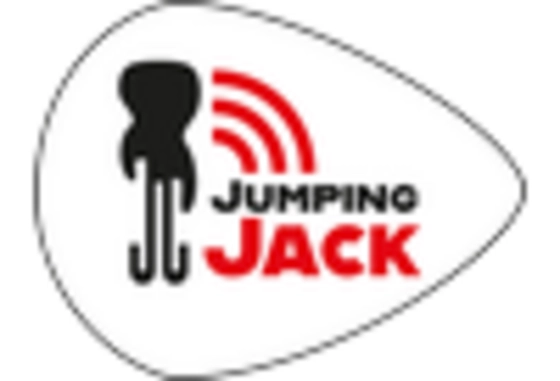








Leave a Comment